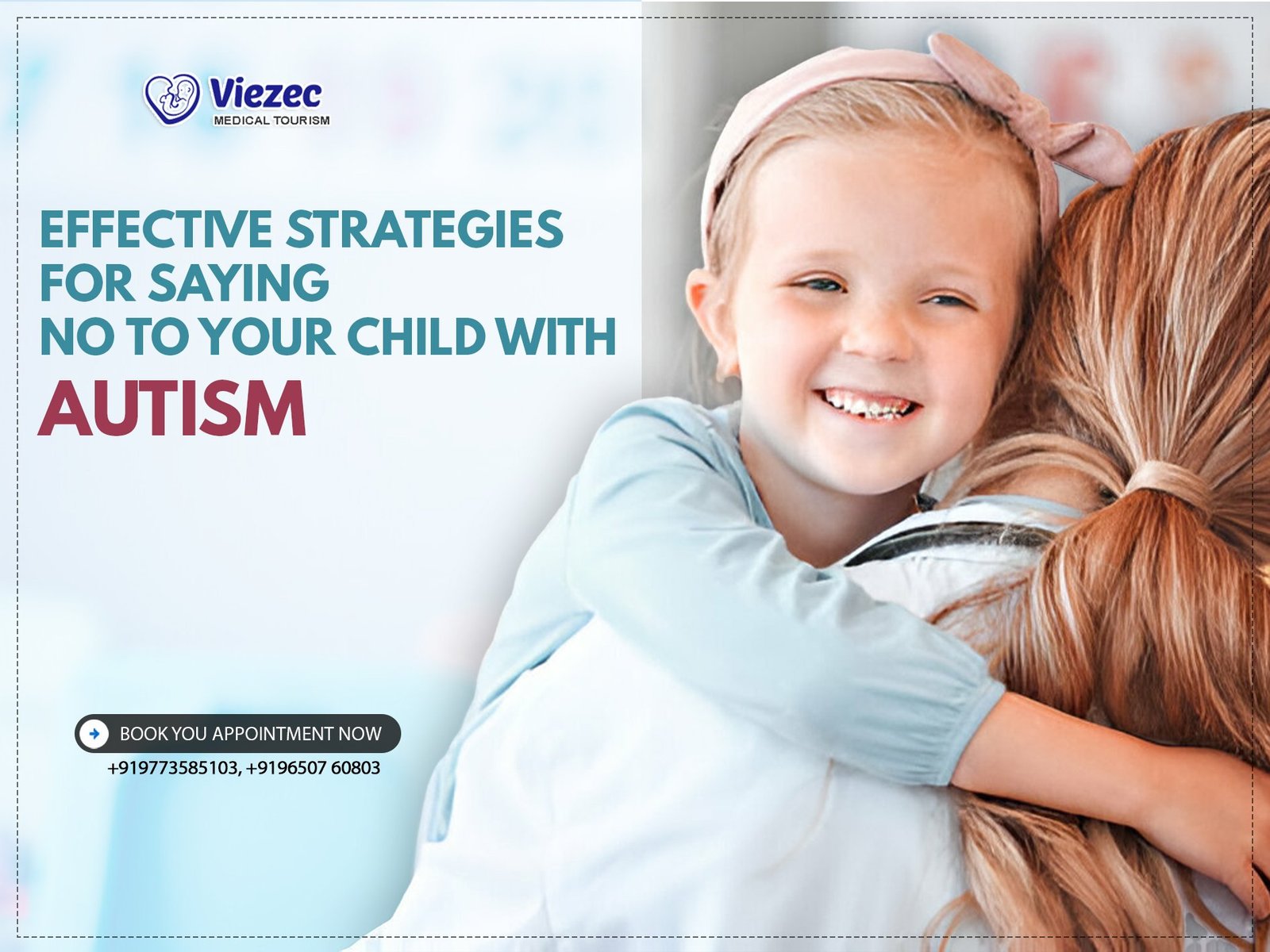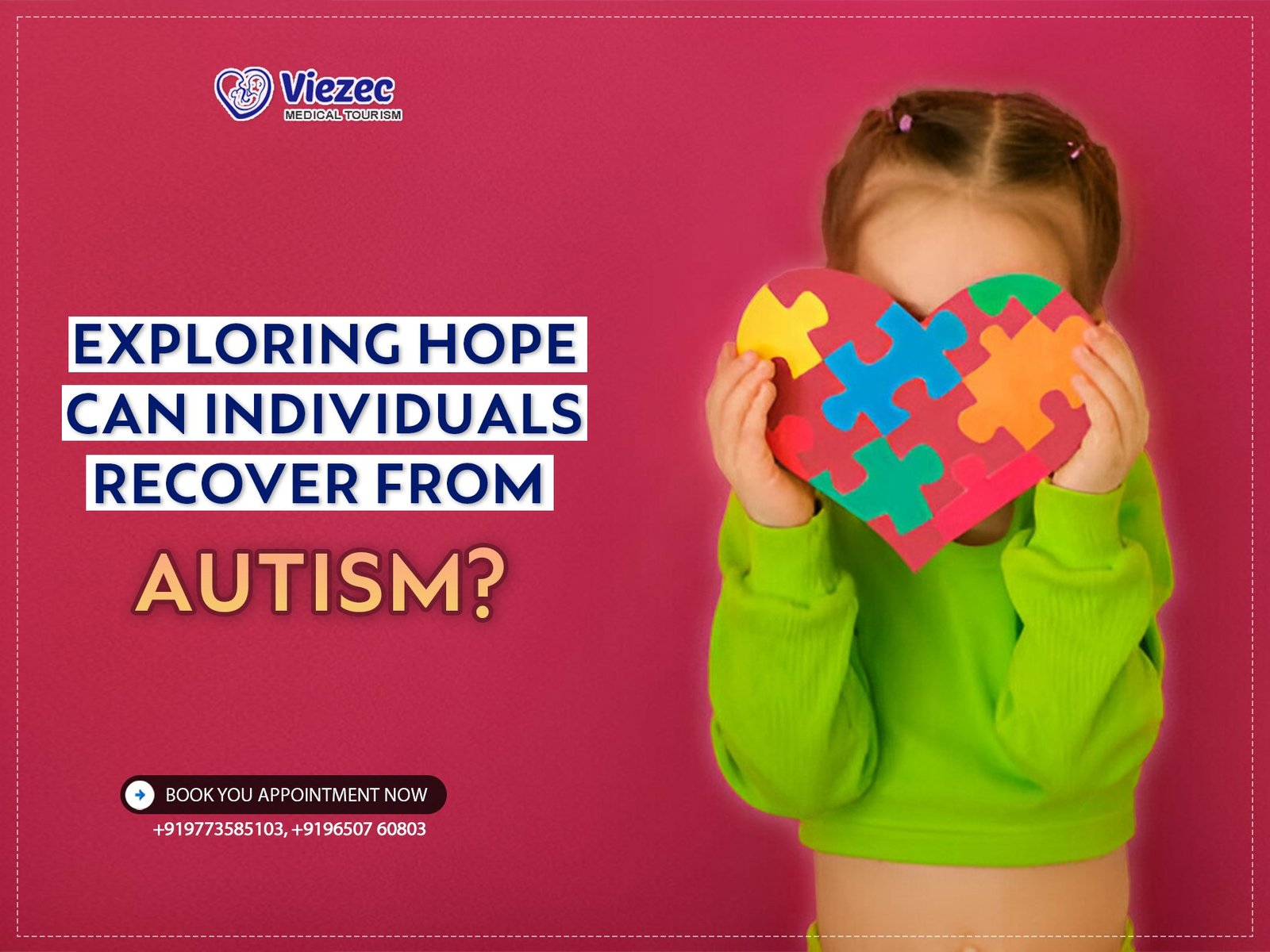Autism Spectrum Disorder (ASD) is a complex developmental condition characterized by challenges in social interaction, communication, and repetitive behaviors. Individuals with ASD may exhibit a wide range of symptoms and abilities, leading to the classification of autism as a spectrum disorder.
Historical Context
The understanding of autism has evolved significantly over time. Initially described in the early 20th century, perceptions of autism have shifted from viewing it as a form of childhood schizophrenia to recognizing it as a distinct developmental disorder with its own set of characteristics and challenges.
Prevalence Rates
The prevalence of ASD has increased in recent years, with current estimates suggesting that approximately 1 in 54 children in the United States are diagnosed with ASD. This rise in prevalence may be attributed to increased awareness, changes in diagnostic criteria, and improved identification methods.
The Three Levels of Autism Spectrum Disorder
Level 1: Requiring Support
Individuals with Level 1 autism typically exhibit mild symptoms and may require some support in certain areas of functioning. They may have difficulty initiating and sustaining social interactions, exhibit repetitive behaviors, and struggle with changes in routine.
Level 2: Requiring Substantial Support
At Level 2, individuals with autism require more substantial support to navigate daily life. They may experience significant challenges in communication, social interaction, and behavior regulation, requiring interventions tailored to their specific needs.
Level 3: Requiring Very Substantial Support
Level 3 autism is characterized by profound impairments in social communication and behavior, necessitating intensive support and supervision. Individuals at this level may have limited verbal communication skills, exhibit severe behavioral difficulties, and require constant supervision and assistance.
Neurobiological Foundations of Autism
Genetics and Epigenetics
Research suggests that both genetic and environmental factors play a role in the development of autism. While specific genetic markers have been associated with ASD, environmental influences and epigenetic mechanisms may also contribute to its etiology.
Neurological Pathways
Differences in brain structure, function, and connectivity have been observed in individuals with autism. These neurobiological variances may underlie the characteristic symptoms of ASD, including difficulties in social interaction, communication, and sensory processing.
Role of Stem Cells in Autism Research
Stem cell research holds promise for understanding the underlying biology of autism and developing novel therapeutic approaches. By studying stem cells derived from individuals with ASD, researchers aim to uncover potential targets for intervention and treatment.
Diagnostic Approaches and Assessment Tools
Clinical Evaluation Criteria
The diagnosis of ASD is based on clinical evaluation criteria outlined in the Diagnostic and Statistical Manual of Mental Disorders (DSM-5). Additionally, specialized assessment tools such as the Autism Diagnostic Observation Schedule (ADOS) and the Autism Diagnostic Interview-Revised (ADI-R) may be used to gather information about an individual’s symptoms and behaviors.
Importance of Early Detection
Early detection and intervention are critical for improving outcomes for individuals with autism. Recognizing the early signs and symptoms of ASD allows for timely intervention and support, maximizing the individual’s potential for development and learning.
Interventions and Therapeutic Strategies
Behavioral and Educational Interventions
Applied Behavior Analysis (ABA), social skills training, and speech and language therapy are among the most widely used interventions for individuals with autism. These approaches aim to improve communication, social interaction, and adaptive behavior skills.
Pharmacological Treatments
While there is no medication specifically approved to treat the core symptoms of autism, pharmacological interventions may be prescribed to manage associated symptoms such as anxiety, aggression, or hyperactivity. However, the use of medications in autism treatment remains controversial, and their efficacy varies from individual to individual.
Emerging Therapies and Innovative Approaches
Advancements in technology have led to the development of innovative interventions for individuals with autism, including virtual reality-based therapies, wearable devices, and assistive technologies. Additionally, alternative and complementary therapies such as music therapy, animal-assisted therapy, and acupuncture are gaining recognition as adjunctive treatments for autism.
Family and Community Support
Impact on Family Dynamics
The challenges of raising a child with autism can have a significant impact on family dynamics, leading to increased stress, financial strain, and social isolation for caregivers. Supporting families through access to respite care, counseling services, and peer support networks is essential for promoting their well-being and resilience.
Advocacy and Support Networks
Parent support groups, community resources, and advocacy organizations play a crucial role in providing information, guidance, and emotional support to individuals and families affected by autism. These networks empower individuals to advocate for their needs and rights, raise awareness about autism, and promote acceptance and inclusion in society.
Educational and Workplace Accommodations
Individualized Education Plans (IEPs)
Individualized Education Plans (IEPs) are designed to tailor educational strategies and accommodations to meet the unique needs of students with autism. These plans may include modifications to the curriculum, specialized instruction, and support services to promote academic success and social integration.
Transition Planning for Adulthood
Transition planning for individuals with autism involves preparing them for life beyond school, including vocational training, employment opportunities, and independent living skills. By facilitating a smooth transition to adulthood, individuals with autism can achieve greater independence and quality of life.
Cultural Perspectives and Stigma
Diversity within the Autism Community
The autism community is diverse, encompassing individuals from various cultural, ethnic, and socioeconomic backgrounds. Understanding and respecting the intersectionality of identities within the autism community is essential for promoting inclusivity and addressing disparities in access to resources and support.
Addressing Stigma and Misconceptions
Stigma and misconceptions surrounding autism persist in society, leading to discrimination, social exclusion, and barriers to access to healthcare and education. Efforts to challenge stereotypes, promote positive portrayals of autism in the media, and educate the public about the strengths and abilities of individuals with autism are crucial for fostering acceptance and inclusion.
Research Frontiers and Future Directions
Genomic Studies and Precision Medicine
Advancements in genomic research have led to a better understanding of the genetic basis of autism, paving the way for personalized treatment approaches and targeted therapies based on an individual’s genetic profile. Precision medicine holds promise for improving outcomes and tailoring interventions to the specific needs of individuals with autism.
Advancements in Neuroimaging and Biomarker Research
Neuroimaging techniques and biomarker research offer insights into the underlying neurobiology of autism and provide objective measures for assessing treatment efficacy and monitoring disease progression. Early predictive markers may facilitate early intervention and improve outcomes for individuals with autism.
Ethical Considerations in Autism Research
Ethical considerations such as informed consent, participant rights, and equity in access to emerging treatments are paramount in autism research. Ensuring that research is conducted ethically and responsibly is essential for safeguarding the rights and well-being of individuals with autism and their families.
Global Perspectives on Autism Advocacy
Autism, a complex neurodevelopmental condition, manifests differently in each individual. As awareness grows, so does the need for a comprehensive understanding of autism across various levels. In the realm of global advocacy, initiatives span from international policies to grassroots movements, each playing a vital role in shaping perceptions and support systems for individuals on the spectrum.
International Policy Initiatives
At the forefront of autism advocacy are international policy initiatives aimed at fostering inclusivity and support on a global scale. Organizations such as the United Nations have spearheaded efforts to promote the rights and well-being of individuals with autism. Conventions and declarations emphasize the importance of equal opportunities, access to education, and societal integration for those on the spectrum. Through collaborative endeavors, nations work together to ensure that autism is recognized and accommodated across cultural boundaries.
Grassroots Activism and Local Initiatives
While international policies provide a framework, grassroots activism and local initiatives are the driving forces behind tangible change within communities. From small-scale advocacy groups to widespread campaigns, these efforts address the unique needs of individuals and families affected by autism. Community-based organizations offer support networks and resources tailored to local contexts, advocating for legislative reforms that enhance accessibility and inclusion. By amplifying voices at the grassroots level, advocacy becomes deeply rooted in the lived experiences of those it seeks to empower.
Personal Narratives and Experiences
Beyond policies and activism lie the voices of individuals and families directly impacted by autism. Personal narratives offer invaluable insights into the diverse experiences and challenges faced within the spectrum.
Voices of Individuals on the Autism Spectrum
Personal reflections and autobiographies provide a window into the world of autism from the perspective of those who live it. Through these narratives, individuals share their journeys of self-discovery, navigating social nuances, and embracing their unique identities. Challenges intertwine with triumphs, offering a nuanced understanding of the spectrum’s intricacies and the resilience of its members.
Perspectives of Family Members and Caregivers
Alongside personal narratives are the perspectives of family members and caregivers, whose roles are integral to the support network surrounding individuals with autism. Parental advocacy journeys unfold as families navigate systems of healthcare, education, and social services, advocating for their loved ones’ rights and needs. Sibling perspectives shed light on the dynamics of growing up with a sibling on the spectrum, highlighting bonds forged through shared experiences and the importance of empathy and understanding.
Towards a Holistic Understanding of Autism
In embracing a holistic understanding of autism, it is essential to recognize and celebrate neurodiversity—the inherent variability of human minds and experiences. By fostering inclusive communities that value individual differences, we pave the way for a more equitable society where all can thrive.
Embracing Neurodiversity
Celebrating Individual Differences: Each individual on the autism spectrum brings a unique set of strengths, interests, and perspectives to the table. By embracing these differences, we create a culture of acceptance and appreciation for the diverse tapestry of human experiences.
Fostering Inclusive Communities: Inclusion goes beyond mere tolerance—it involves actively creating spaces where individuals of all abilities feel valued and supported. Through education, awareness, and accessibility initiatives, we can dismantle barriers and foster environments where everyone has the opportunity to participate and contribute.
Call to Action
As we strive towards a more inclusive society, it is imperative to prioritize research and policy reform that addresses the needs of individuals with autism. By advocating for equitable access to resources and support services, we can ensure that every person has the opportunity to reach their full potential.
FAQs
1. What are the three levels of autism?
Autism is characterized by a spectrum of challenges with social skills, repetitive behaviors, speech, and nonverbal communication. The three levels of autism—level 1 (mild), level 2 (moderate), and level 3 (severe)—reflect the varying degrees of support needed for individuals to navigate daily life.
2. How can I support someone with autism?
Supporting someone with autism begins with understanding and acceptance. Educate yourself about autism and its diverse manifestations, and strive to create environments that accommodate individual needs and preferences. Listen actively, show empathy, and advocate for inclusive policies and practices in your community.
3. Where can I find more information about autism advocacy and support?
For more information about autism advocacy and support, visit reputable organizations such as the Autism Society, Autism Speaks, or the National Autistic Society. These organizations offer resources, support networks, and opportunities for advocacy and activism within the autism community.









